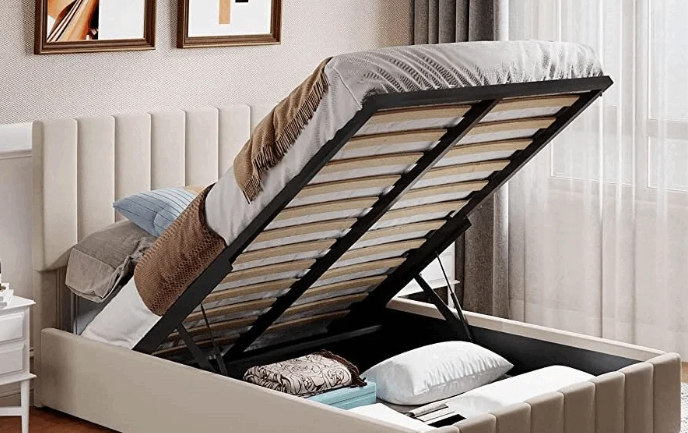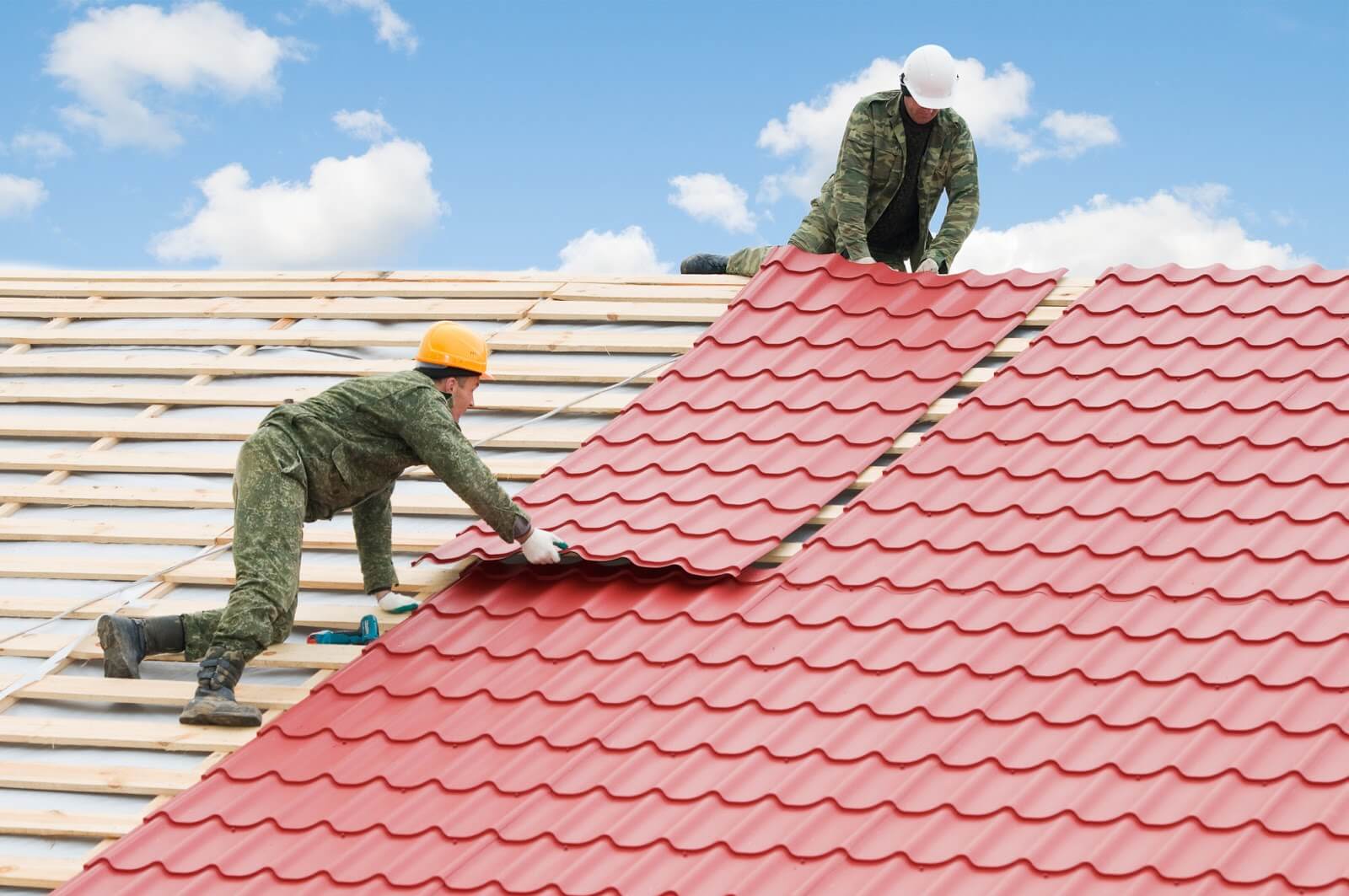It’s that time of year again. The leaves are changing color, the air is crisp, and you’re thinking about all the home improvement projects you want to tackle before winter sets in. If insulation is on your list, you’re probably wondering which type is best for your home—spray foam or blown-in? Here’s a quick overview of the advantages of each to help you make an informed decision.
Table of Contents
Spray Foam Advantages:
1. It’s an Effective Air Barrier
This means that it can help reduce drafts and energy loss in your home. This miracle material not only provides superior insulation, but it also forms an airtight barrier that prevents outside air from infiltrating your home. As a result, your home will be more comfortable and energy efficient, saving you money on heating and cooling costs.
2. It’s a Great Insulator
Spray foam has one of the highest R-value, meaning it’s great at preventing heat transfer. That means it can help keep your home warm in the winter and cool in the summer. It’s also incredibly versatile, so it can be used on walls, ceilings, and even floors.
3. It Reduces Noise
We all know the sound of a room being insulated. It’s that sudden, deafening silence that comes when the spray foam expands and hardens. But did you know that spray insulation foam can also help to reduce noise levels in your home? By blocking out unwanted sound, spray foam can help you to create a peaceful oasis in your home.
4. It’s Fire Resistant
You know what they say, “when there’s smoke, there’s fire.” But what if there’s no smoke? Then you might just have spray foam insulation. Unlike other types of insulation, spray foam is actually fire-resistant. That’s because it’s made from a synthetic polymer that doesn’t burn easily. In fact, when the foam is exposed to flames, it charring forms a protective barrier that helps to prevent the spread of fire.
5. It’s Easy to Install
Spray insulation foam is one of the easiest insulation materials to install. It comes in a can and can be sprayed directly onto the desired surface. This makes it ideal for hard-to-reach areas or areas that are difficult to insulate with other materials. It is also a great choice for DIY projects, as it requires no special training or equipment to install.
However, some things may not go as planned as you want to be. To reduce errors and wasting time, better opt for home insulation from iFoam, they are an expert and might even cost you less than doing DIY because they have the proper tools, equipment, and training.
Blown-in Advantages:
1. It’s Less Expensive Than Spray Foam
Blown-in insulation is a popular choice for home and business owners alike. Its many benefits include being less expensive than spray foam and providing excellent coverage for hard-to-reach areas. And because it does not off-gas, it is safe for use around children and pets.
2. Environmentally Friendly
If you’re looking for an environmentally friendly insulation option, blown-in insulation is a great choice. Not only does it have a lower embodied energy than other types of insulation, but it also uses recycled materials. In addition, blown-in insulation has a very low carbon footprint and is made from renewable resources.
3. Easy to Add to Existing Insulation
Blown-in insulation is easy to add to existing insulation. This is a type of insulation that is often used in attics and walls. It is made from fiberglass, wool, or other materials, and it is blown into spaces and it can help to improve the efficiency of your home.
4. It Resists Mold and Mildew
There are many benefits to blown-in insulation, but one of the most important is its resistance to mold and mildew. Unlike other types of insulation, blown-in insulation is made from a combination of materials that make it resistant to moisture. This means that it won’t absorb water from the atmosphere, and it won’t provide a breeding ground for mold and mildew spores.
5. It Doesn’t Settle Over Time
It’s the age-old question: will my insulation settle over time? With traditional types of insulation, the answer is often yes – which can leave your home less energy-efficient and comfortable than you’d like. But with blown-in insulation, you can rest assured that your insulation will maintain its original shape and R-value over time. That’s because blown-in insulation is designed to conform to the precise contours of your home.
Conclusion
So, which is better—spray foam or blown-in insulation? The answer depends on your needs and preferences. If you want an environmentally friendly option that provides excellent coverage and noise reduction, spray foam might be the way to go. But if you need to insulate a large area on a budget, blown-in could be the better choice for you.


